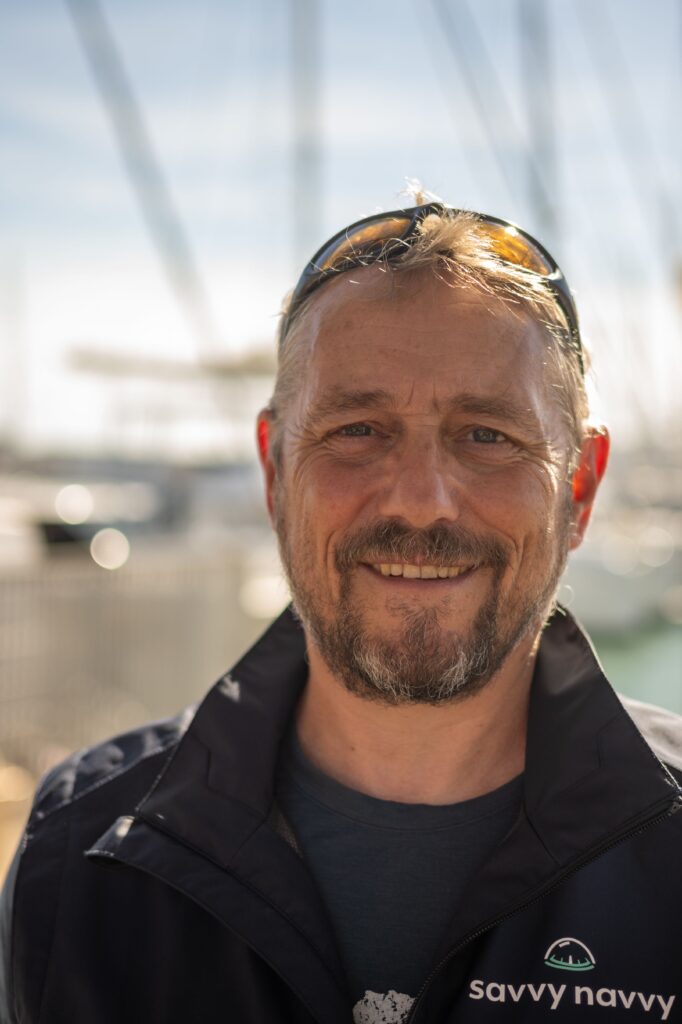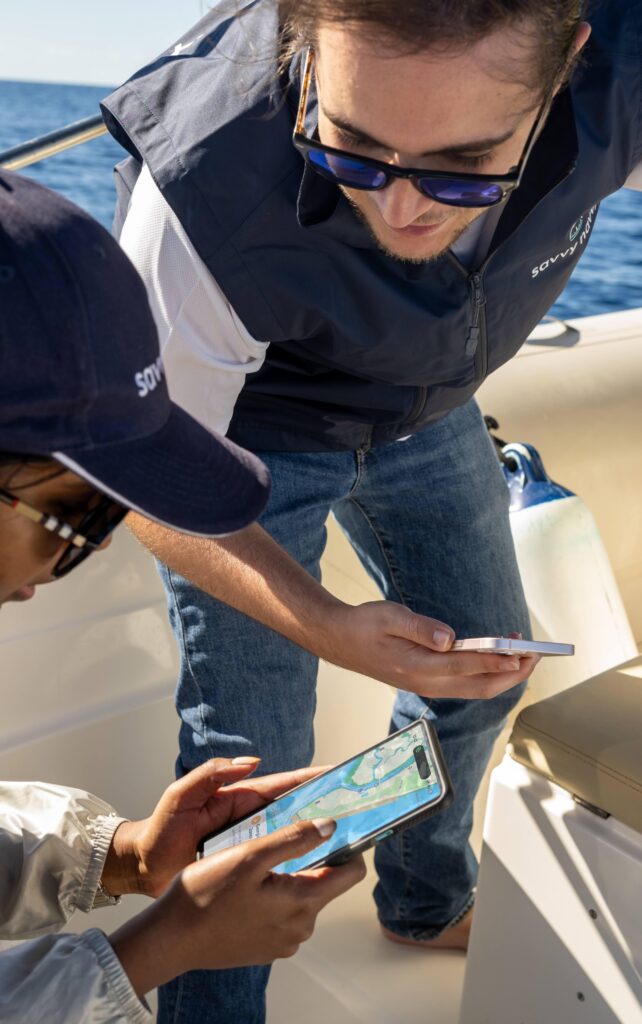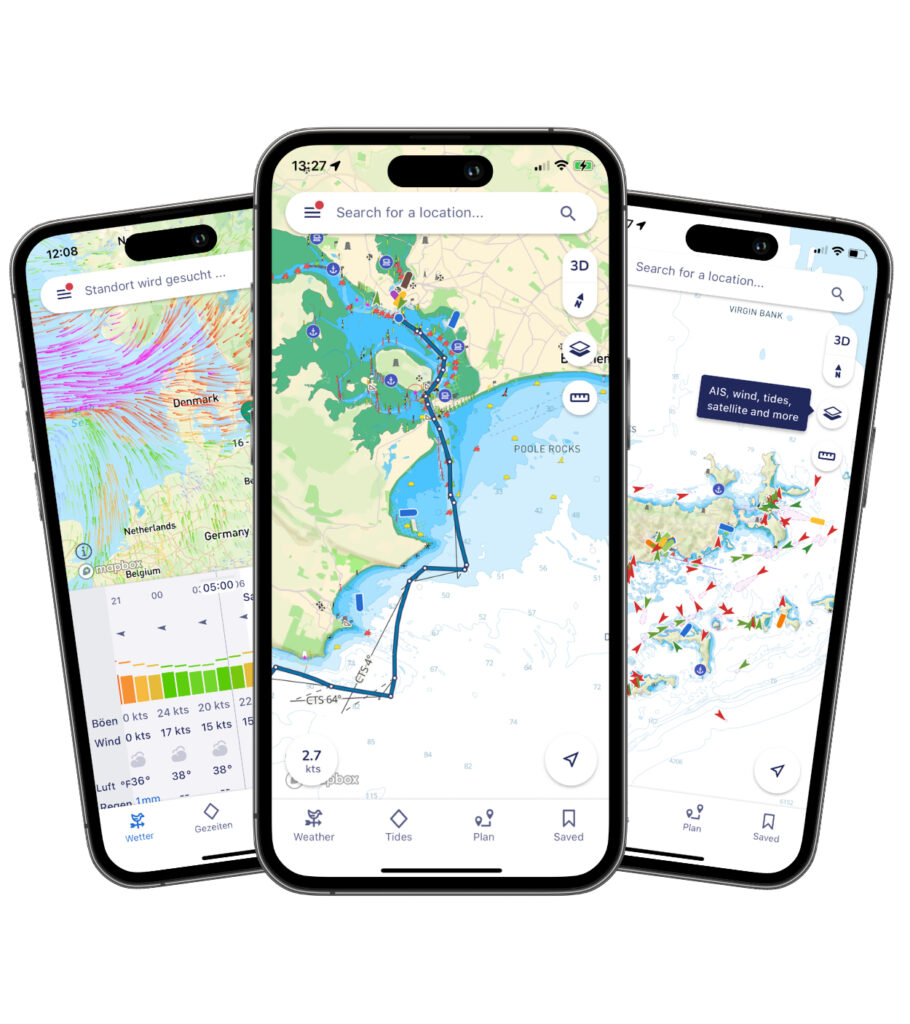
In Focus: Safety drives savvy navvy, as crowdfunding surpasses latest target
It’s hard to miss stories about savvy navvy. This is the company with headlines that include ‘record growth‘ and crowdfunding targets repeatedly blown through. Its route into boat navigation systems has been quite the journey over the last seven years. Oh yes, and also last week. Opening its doors to investors via Seedrs last Tuesday (30 April), it sailed past its half a mill target to £750,000 within a few days. (The round is currently still open, but it may be the last chance for anyone who wants to own a piece of the marine tech company, which has a pre-money valuation of £14m, to come onboard.)
As David Cusworth, who looks after savvy navvy’s partnership and innovation, explains, the interest is because boating navigation just wasn’t keeping up with what’s on offer for cars. Until savvy navvy.

“A lot of incidents at sea and on the water are down to human error,” Cusworth (left) says, “because people have traditionally done it [navigation] all in their head and they’ve got to factor in leeway and tidal drift and tidal height and secondary ports. It’s so complicated. If you’re just a degree out, it makes a massive difference. It can be the difference between running aground – or not. We’re helping people make better decisions.”
He says users have recognised how well savvy navvy has solved that problem, and how it’s helped with safety.
The company’s founder, Jelte Liebrand, worked at Google Maps, and is a long term boater. He wanted to make something intuitive that wasn’t frustrating or intimidating, says Cusworth. The intention was to look at a chart and get a clutter free view, to “see where you are and see where you are going and plot the route quickly. The app lets people stay ahead of the weather and tide changes. Situations can really quickly move from a comfortable nice day out, to being a bit choppy and people getting nervous.” He believes the app helps speed up the decision making, and that helps keep people out of situations they shouldn’t be in.
Cusworth’s been with the company since 2019 and has enjoyed watching its user base grow – now downloaded in more than 100 countries worldwide – and the way its fundamental agility enables it to make its offering better, more proactive and more useful for the people using it.
And there’s been significant growth both in terms of users (and investors). Cusworth posits that the app has been downloaded to circa 1.6 million users and it being used by power, sail and a variety of other users. He says 99 per cent of its users are leisure boats, and there are some small commercial users, fisherman and ferry operators.
Boat navigation’s system’s algorithm developed by ex-Google staff
That popularity comes from the usability, based on the routing algorithm.
The algorithm used by savvy navvy (developed in-house by more ex- Google employees) takes into account thousands and thousands of decision points. These include depth, recommended tracks (the app utilises UKHO and NOAA data), hazards on the route and margins of error around them (like rocks), routes around headlands (according to Cusworth, some apps still go overland on these) and the angles to cross shipping lanes.

“We adjust the route to make sure you cross at the right angle. We factor in total drift and course correct to give full weather route and what the wind is doing to counteract that. It’s dynamic. Route updates continually to make sure you stay safe and get an optimal route,” he says.
“Fundamentally safety is at the heart of everything that we do from a route planning point of view. We go far beyond any app out there in the way we plot routes to make sure people are safe based on the type of boat they are on and what they are trying to do.”
He gives the example of working with the RYA on routes like the one into Portsmouth Harbour. “All other apps will route you straight down the channel with the warships,” he says, “but we’ve hard coded the small boat channel. We’re the only app that does that.”
Paddleboarders should use savvy navvy to understand tides
The safety aspect of the work savvy navvy‘s been doing has been noted by the RNLI. The charity has reached out to ask savvy navvy to help amplify the RNLI’s messages around understanding tidal drift, with the hope that paddleboarders will utilise the boat navigation system.
“A big chunk of their work has been picking up paddleboarders and kayakers as it’s the cheapest way to get into the water,” says Cusworth. “It’s a low entry barrier but they [water users] don’t always understand offshore winds or tides and get taken offshore really quickly. For us to talk to paddle boarders and kayakers about understanding the tide and tidal drift, from a safety point of view is key. You can buy a board at a petrol station on the way to the beach but it doesn’t come with instructions.”
Cusworth cites an ICOMIA statistic which suggests that about 70 per cent of vessels don’t have any electronics onboard or they don’t have AIS transceivers and they can’t pick up AIS data. This includes dinghies, kayaks and 20ft day sailers.
“The vast majority of boats out there aren’t 40ft Beneteaus with thousands and thousands of pounds worth of hardware fitted. Day sails might have a compass on board. We have tonnes of paddleboarders and rowers who use the app, on their phones, as tide’s so important.”
And, with an annual subscription starting at about £40 per year for global data – whatever the type of vessel – it’s helping decrease barriers to entry. “We give you the whole world for that,” says Cusworth, “but it goes up to about £90 per year for premium. That includes anchor alarm, satellite view and longer range weather and tides.” (US users have a free version of the app because NOAA doesn’t charge for data whereas UKHO does.)
Maintaining boat navigation system’s upgrades a huge job
Recently the company has invested significant resources into creating its Over The Horizon (AIS) upgrade. This means users can now see other vessels that are transmitting an AIS signal in the area. “You can see boats that are potentially 30/40 miles away so it gives you a much bigger security and safety window, especially for the 70 per cent.”
Cusworth admits that managing and maintaining what the company has now is a huge job. Especially as savvy navvy prides itself on adapting quickly to feedback. Like in San Diego when the base NOAA data were prohibiting access to the harbour. savvy navvy, once alerted, had a patch in place within hours.

But “being a small organisation [a 15-strong team] and being able to adapt very quickly also means you can’t do everything. So we can get frustrated that there are lots of things we want to do, but there is a finite amount of time in the day. Managing not being able to grow and add features as quickly as we’d like too is frustrating, especially for the software developers.”
savvy navvy says trade sale a possibility
Which begs the question as to whether the company would sell to a bigger player.
“It’s definitely possible that we’d consider a trade sale in the future, but at the moment, our focus is on improving the app and getting more people out on the water,” says Cusworth.
“We have lots of interesting partnerships with other people in the marine world who are interested in the data we have, the users we have, and the experience we have. Whether it’s bought-out or its more strategic integrations with other marine businesses, that’s always super interesting to think about.
“It’s really nice when small boat users become investors. We tend not to look for really big corporate investment but having lots of boaters who can feel like they own a piece of savvy navvy and can have some input into the direction of navigation for small leisure craft is really important. We want boaters to share in the journey with us.”
Select percentage of savvy navvy users by craft and country,
April 2024
The post In Focus: Safety drives savvy navvy, as crowdfunding surpasses latest target appeared first on Marine Industry News.
